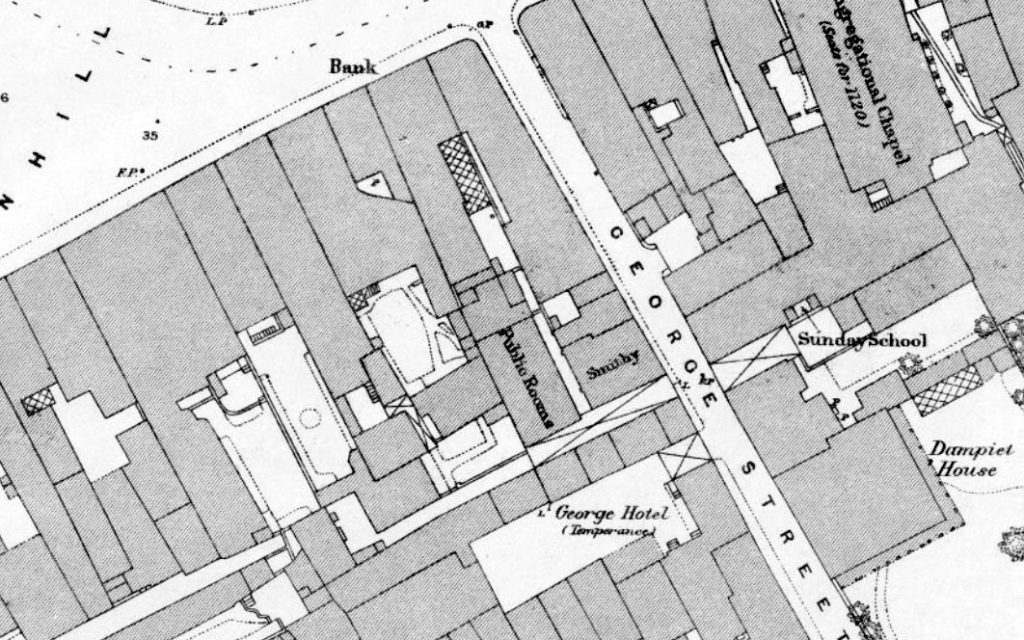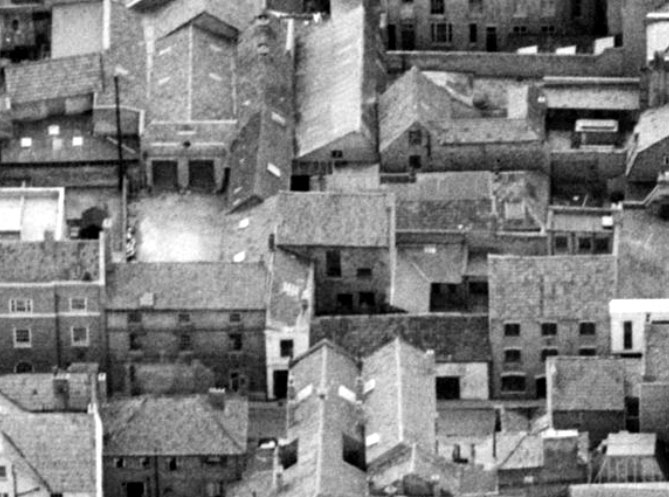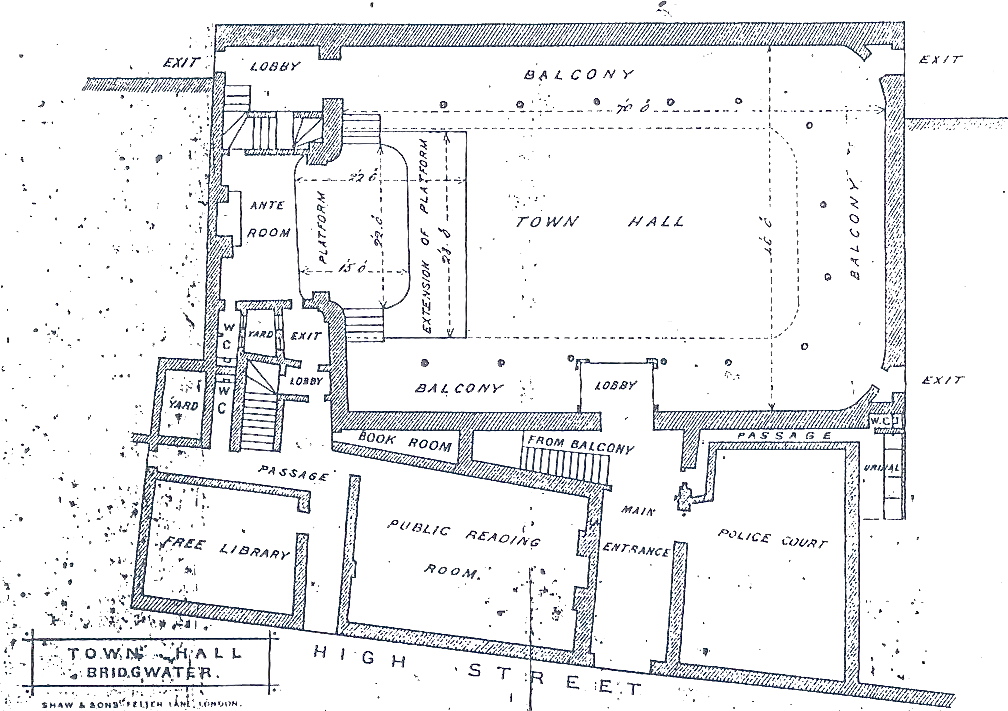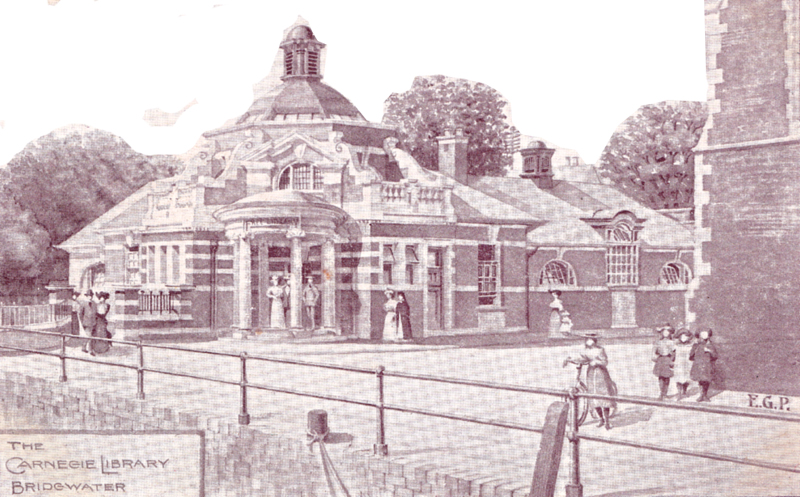Bridgwater has had a series of Lending Libraries. The early nineteenth century was the period when technical education came to the fore, with Mechanics’ Institutes being formed in many towns and villages, and the publications of organisations like the Society for the Diffusion of Useful Knowledge being written to serve the needs of the working classes.
In Bridgwater, reading-rooms were established in St John Street, Taunton Road (in what is now 2 Old Taunton Road) and West Street. A short-lived Mechanics’ Institute existed in 1825.
The longest-established reading room was located in the Market House by 1830 and by 1840 had become the Bridgwater Literary and Scientific Institution. The Bridgwater Literary and Scientific Institution was founded in February 1839, and opened with a lecture by Andrew Crosse on electricity (Somerset County Gazette 16 February 1839).
In 1852, a survey of provincial museums by the Society of Arts noted that at Bridgwater were to be seen “specimens of the entire series of rock formations of the county and original remains and specimens in forming Bath brick and scouring brick”, undoubtedly assembled by William Baker, FGS.
By 1859 the Literary and Scientific Institution had moved to George Street next to the George Hotel, where it remained until 1869. It was discontinued in that year, and a subscription was raised in the town to pay off the Institution’s liabilities, and renovate and refurbish the reading room. Under the terms of the Free Libraries Act of 1850, The Mayor and Town Council had transferred to itself the Institution’s library of about 1000 volumes, a collection of fossils etc, purchased from the executors of the late Robert Anstice and other articles. There was a museum 1861-75 and a reading room in 1875.


Here it remained until 1885, when new reading room and library was constructed in the rebuilt part of the Town Hall that had been occupied by the Judges’ lodgings in the Assize days.

The Town Hall library was superseded in 1906 by the opening of the Carnegie Library in Binford Place.

There appear to be no records surviving, so more information about the life of this Institution must await a deep investigation of the local newspapers and other records.
Sources:
Jarman, History of Bridgwater, 1889, p 127
Victoria County History of Somerset, Vol 6: There was a reading room in the market house by 1830 which by 1840 had become the Literary and Scientific Institution. (fn. 11) By 1861 there were reading rooms in St. John’s Street, Taunton Road, and West Street, the first still in use in 1889. (fn. 12) By 1859 the Literary and Scientific Institution had been moved to George Street where there was a museum 1861-75 and a reading room in 1875. (fn. 13) A reading room at the town hall by 1889 remained there until 1906 when the present library was opened in Binford Place. (fn. 14) The present museum, known as the Admiral Blake Museum, was opened in Blake Street in 1926. (fn. 15)
11 Pigot, Nat. Com. Dir. (1830); Co. Gaz. Dir. Som. (1840).
12 P.O. Dir. Som. (1861); Kelly’s Dir. Som. (1889).
13 Harrison, Harrod, & Co. Dir. Som. (1859); P.O. Dir. Som. (1861); Kelly’s Dir. Som. (1875).
14 Kelly’s Dir. Som. (1889, 1910).
15 Ibid. (1927); Som. C. C. Dir. Museums in Som. (1988).
Additional Notes
1891 Science Laboratory built at Lonsdale House, Blake Street

A P Woolrich 26 January 2011
